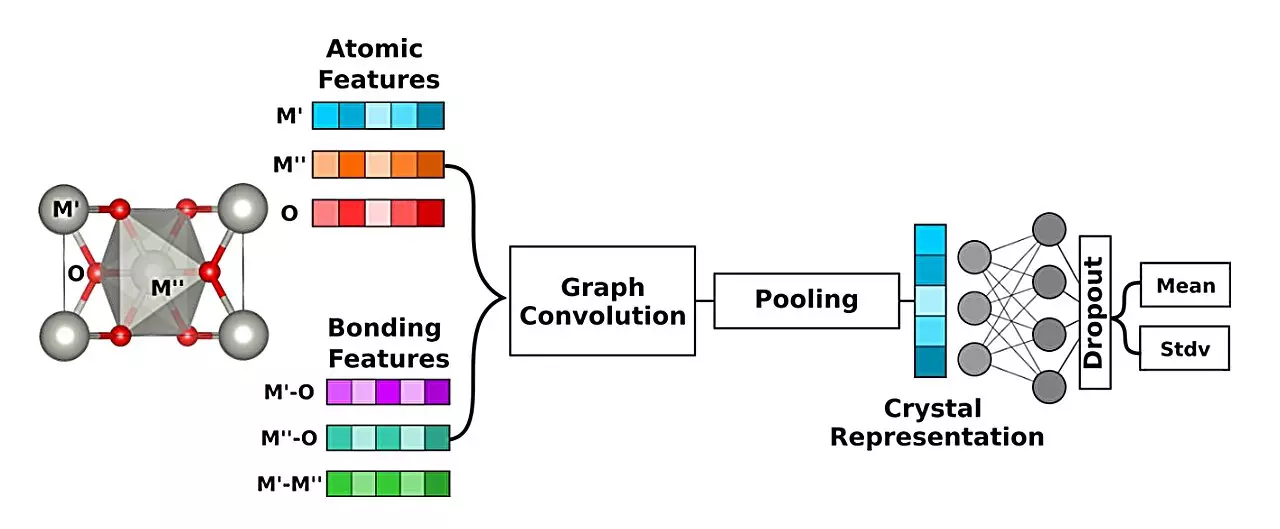The search for sustainable energy sources has never been more critical, and researchers at the University of Toronto are leveraging artificial intelligence to expedite scientific advancements in this field. By utilizing the Canadian Light Source (CLS) at the University of Saskatchewan (USask), they have successfully validated an AI-generated “recipe” for a new catalyst that could revolutionize the production of hydrogen fuel. This innovative approach not only enhances efficiency but also makes the process more cost-effective and environmentally friendly.
Challenges in Green Hydrogen Production
To produce green hydrogen, electricity generated from renewable sources is passed between two metal pieces submerged in water. This method releases oxygen and hydrogen gases, which can be utilized as a clean energy source. However, the current process consumes a significant amount of electricity and relies on rare and expensive metals. Researchers are on the quest for the perfect alloy that can serve as a catalyst to improve the efficiency and affordability of this reaction. Traditionally, this search involved tedious trial and error experiments in the lab, but the sheer volume of potential candidates made this approach unsustainable in terms of time and resources.
Jehad Abed, a Ph.D. student at the University of Toronto, collaborated with a team to develop a groundbreaking computer program that dramatically accelerates the search for optimal catalysts. The AI program analyzed over 36,000 different metal oxide combinations through virtual simulations to identify the most promising ingredients. Abed then conducted experimental tests in the lab to validate the program’s top recommendation. By utilizing the CLS’s advanced X-ray technology, the team was able to evaluate the catalyst’s performance during the reaction and confirm the accuracy of the AI predictions.
The alloy consisting of ruthenium, chromium, and titanium in specific proportions emerged as the superior candidate, surpassing the benchmark metal in terms of stability and durability. Abed noted that the AI-recommended alloy exhibited a 20-fold improvement in performance, highlighting the efficacy of the computer-driven approach. While the initial results are promising, the material must undergo extensive real-world testing to ensure its viability for practical applications. Abed emphasized that the AI program’s ability to swiftly analyze and identify optimal catalysts significantly expedites the research process, reducing years of manual testing to a matter of days.
The success of integrating artificial intelligence into the search for sustainable energy solutions paves the way for a faster and more efficient approach to developing green technologies. With the potential to streamline the discovery of viable catalysts, AI offers a promising pathway towards making green energy economically feasible and scalable for widespread adoption. As researchers continue to harness the power of AI in scientific endeavors, the prospect of a sustainable energy future becomes increasingly tangible.


Leave a Reply